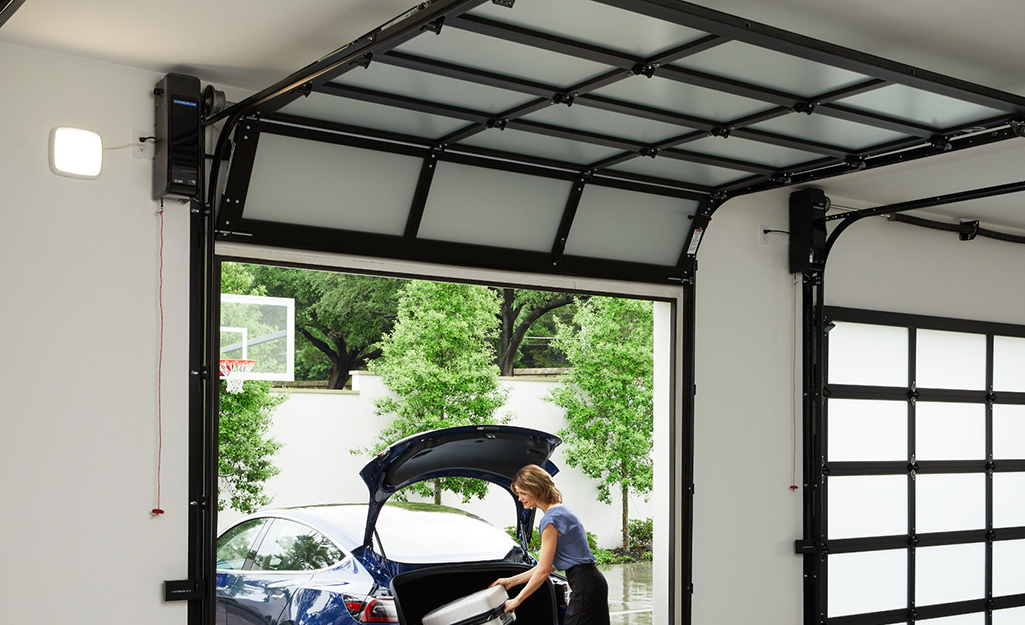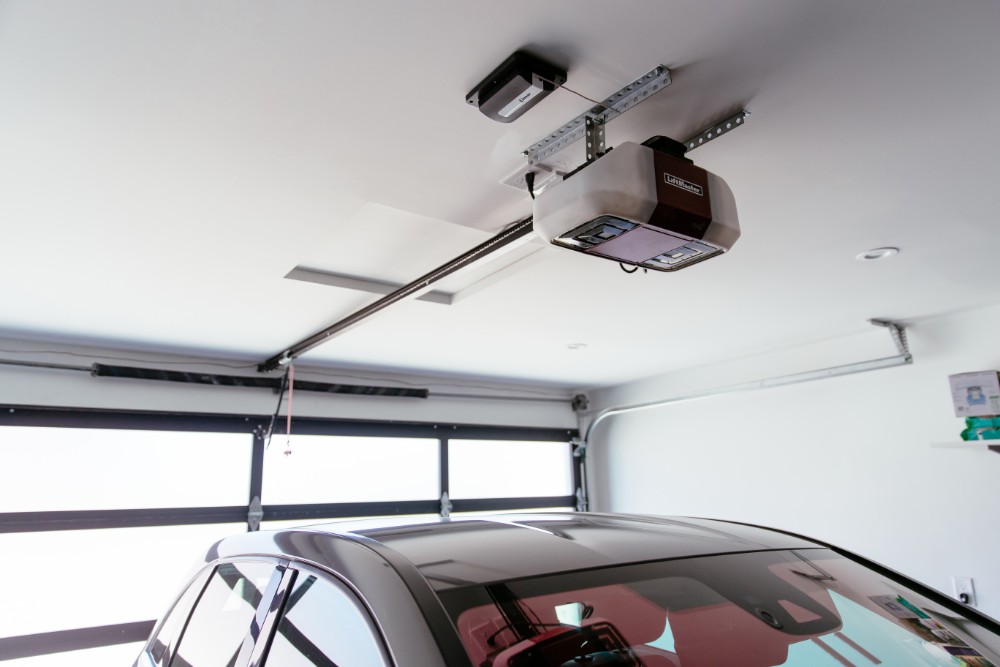Garage Door Opener Features To Look For

Wondering which garage door opener features to look for? Garage door openers have evolved significantly since their invention; becoming safer and smarter every year. But it can be hard to distinguish which features will be the best for your garage door. Let’s take a look at some of the most important garage door opener features […]
Evolution of Garage Door Openers

Garage doors are simple! You come home, you press a button from your phone or a remote, and voila! Inside you go. But, things weren’t always so easy. In fact, when garage doors first became popular in the 1920s, oftentimes the passenger had to exit the car to open the garage manually. Even in the […]
